Add these 5 Core Exercises to Your Triathlon Training Plan
Triathletes: don’t skip these 5 core exercises
Core exercises are a crucial addition to a triathlete’s training plan. A weak core is detrimental to overall performance. The core represents the muscle groups in the mid-section of your body. These muscles are used to create and transfer force, stabilize the spine, and assist most major movements. The most important advantage of core training is that it doesn’t take much extra time, yet produces substantial results. These 5 core exercises can be done before, during, or after your workout. You could even build them into your rest days. Download the helpful PDF below for a visual reminder of each core exercise. Pro tip: knock them out during your lunch break with these other quick workouts.
Plank and kick
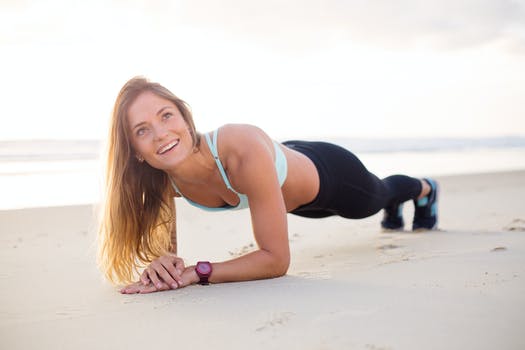
You can plank and kick anywhere!
Planks are good, but adding dynamic movement can strengthen your abdominal muscles. Start in a normal plank on your elbows or hands. Now alternate lifting your legs, 10-15 times each, in the air. Plank exercises help strengthen upper body muscles as well.
Flutter kicks
These are simple core exercises that’ll improve your mid-section and legs. Add these to a circuit workout or before or after your next ride or run. Lie on your back and place your hands behind your head or by your side flat on the ground. Alternate kick your legs slowly, raising them no more than 6 inches off the ground. Keep them straight and don’t let them touch the ground. Do at least 15 for each leg. These will work your leg muscles and abs at the same time.
Side plank rotation
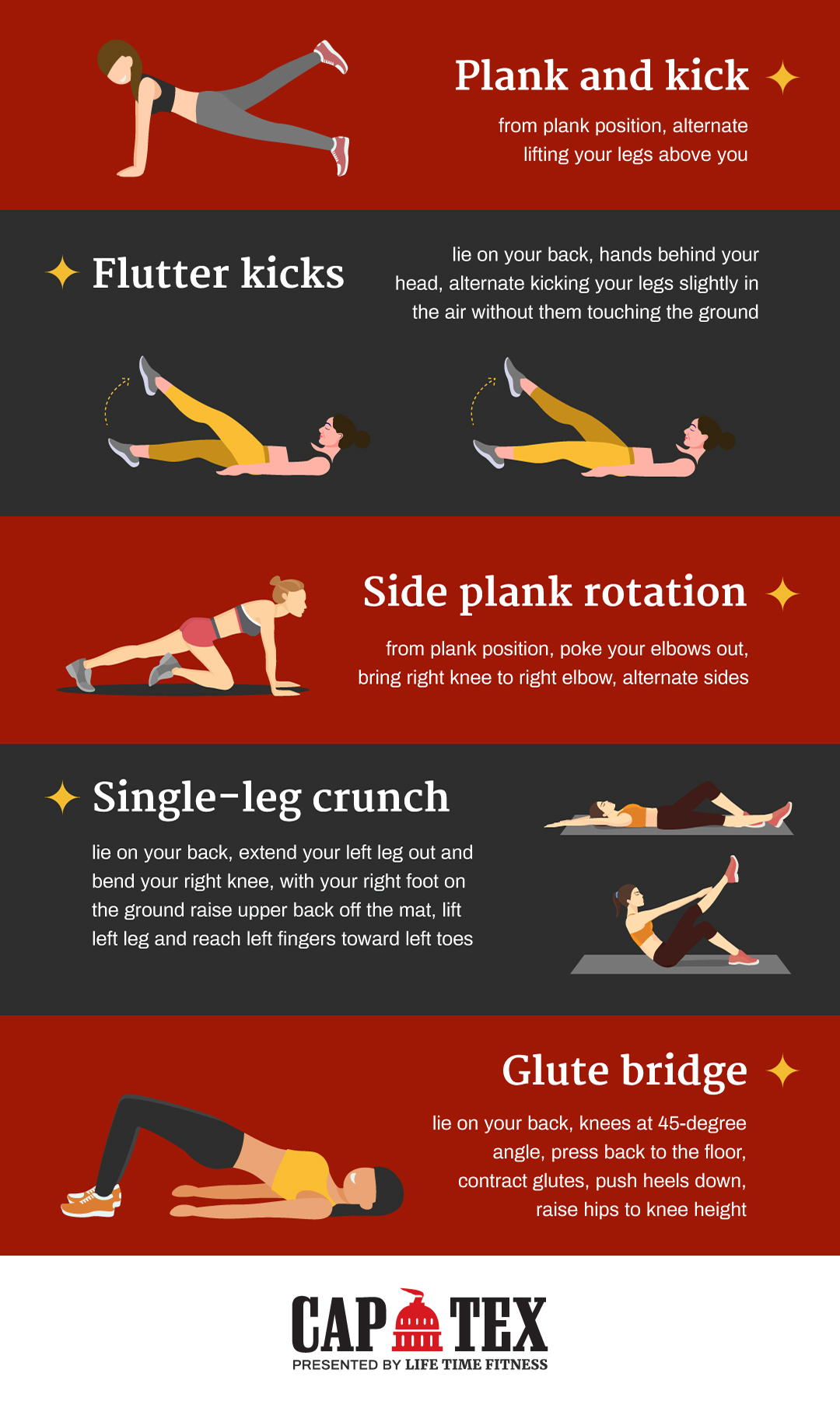 Hold a plank with your elbows in a sideways position, poking out. Bring your right knee to meet your left elbow. Repeat 15 times for each leg/elbow. The side plank rotation is good for increasing strength in your lower back and legs. Add the side plank rotation to these dryland exercises to improve your swim when you can’t get in the water.
Hold a plank with your elbows in a sideways position, poking out. Bring your right knee to meet your left elbow. Repeat 15 times for each leg/elbow. The side plank rotation is good for increasing strength in your lower back and legs. Add the side plank rotation to these dryland exercises to improve your swim when you can’t get in the water.
Single-leg crunch
These core exercises helps cyclists because it works the lower back, transverse abdomen, and obliques. Lie on a mat face up, extend your left leg out. Bend your right knee, put your right foot flat on the floor, squeeze your belly button toward your spine. Raise your upper back off the mat, lift your left leg, reach your left fingers towards your left toes. Keep your lower back on the mat. Repeat with each side 15 times.
Glute bridge
Strengthening your glutes can reduce the burden on your back and help prevent lower-body injuries. The glute bridge also helps you maintain good cycling and running form. Lie on your back, bend your knees at a 45-degree angle. Place your feet flat on the floor and raise your arms. Press your back to the ground. Contract your glutes and push down with your heels. Now raise your hips to knee height. Repeat 15 times.
A strong core is the best-kept secret for optimal triathlete performance. Core exercises can prevent injury throughout the body and help stabilize your balance. These 5 core exercises don’t take much time, making them easy to add to any triathlon training plan. You could even build them into your workout’s warm-up and cool down.

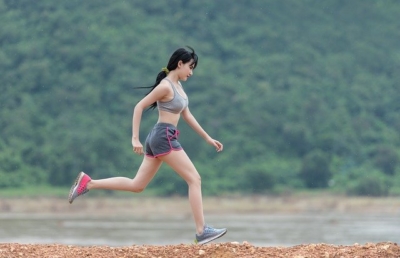

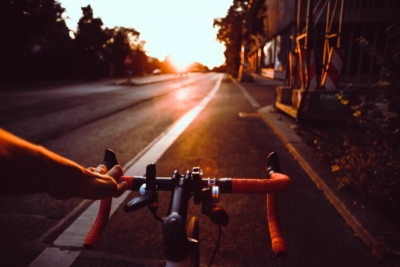
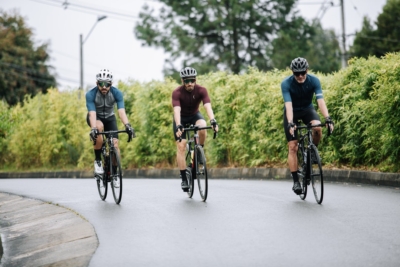
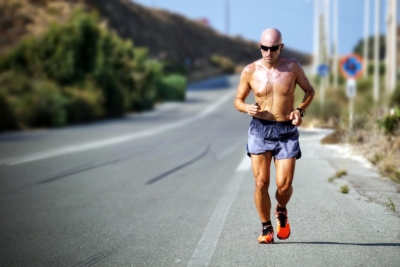
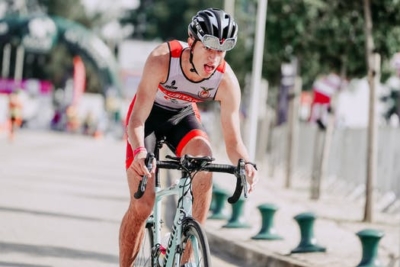
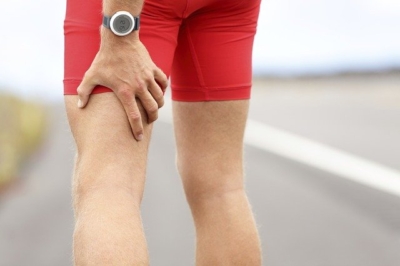
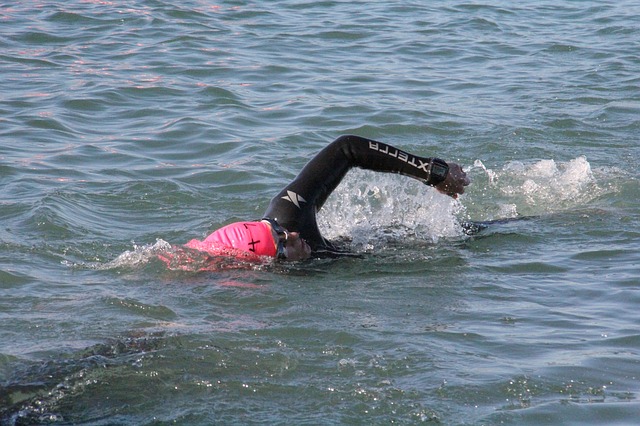
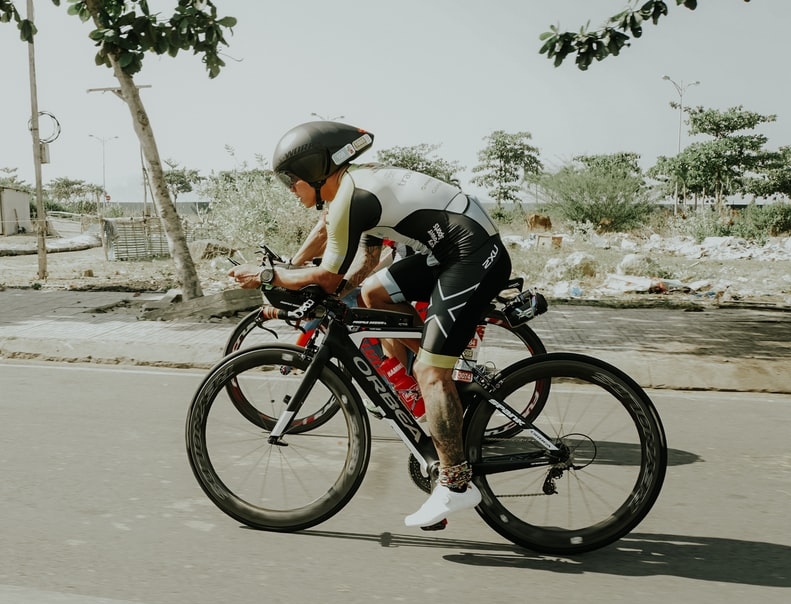
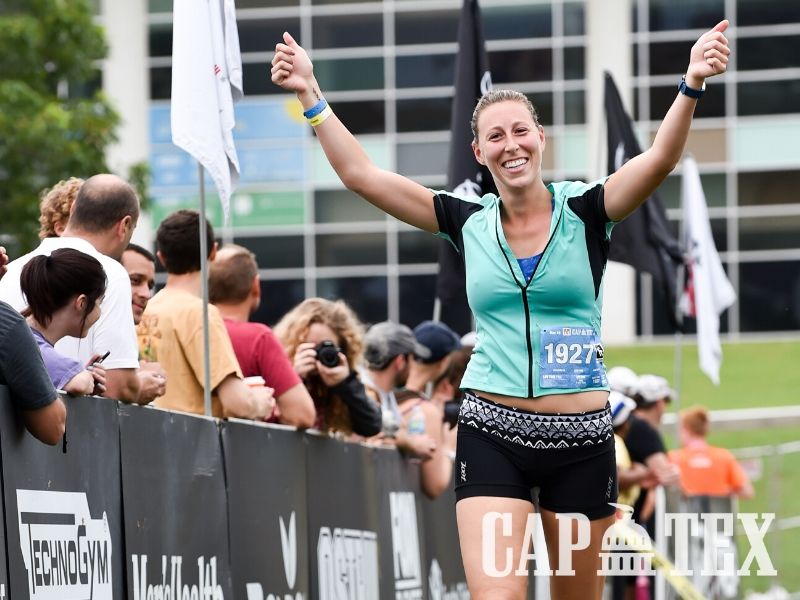

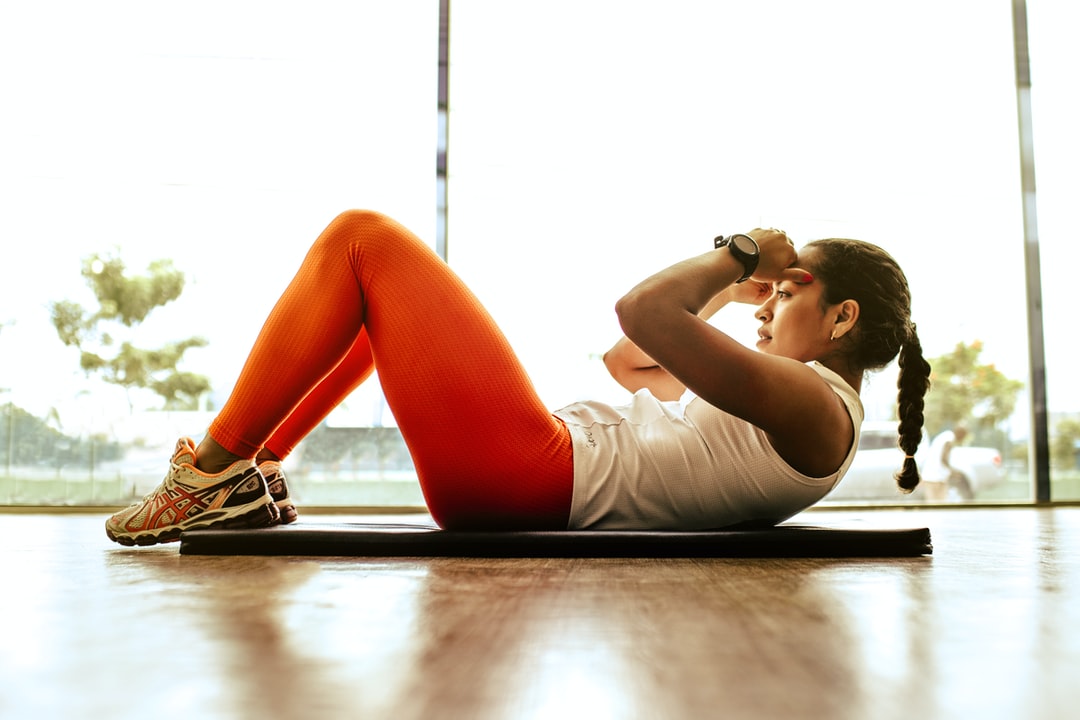
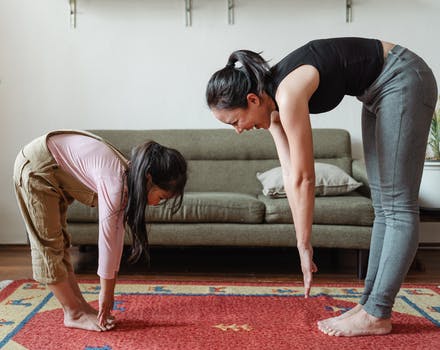
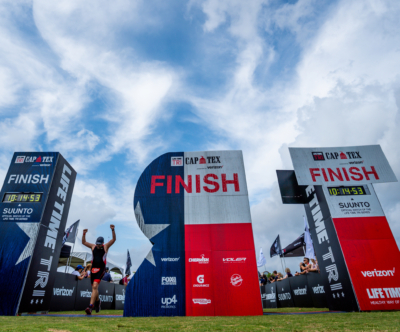
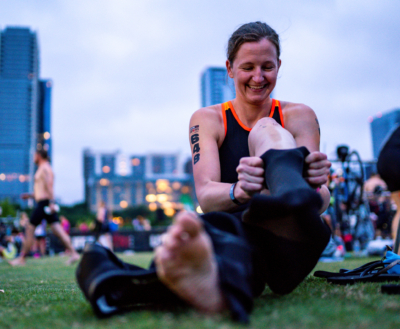
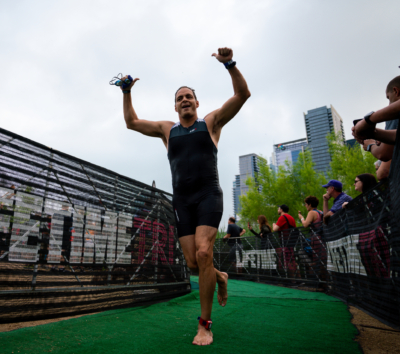
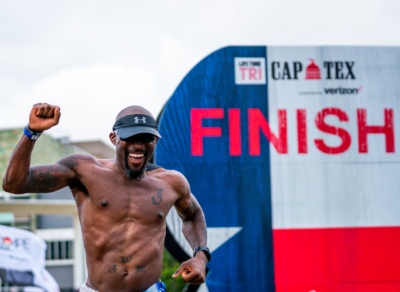
 This is self-explanatory! Whether it’s a rest day or your longest ride ever, you have to do the work. You don’t need to set records every time, but you do need to be consistent. That’s how you’ll build your stamina and teach your body to ride further and further. If there’s a day where you just can’t squeeze in a ride or workout (because life happens), don’t stress. Don’t try to make it up the next day. Squeeze in a foam roll or stretch session if you can and keep moving forward with your plan! Make sure you practice these
This is self-explanatory! Whether it’s a rest day or your longest ride ever, you have to do the work. You don’t need to set records every time, but you do need to be consistent. That’s how you’ll build your stamina and teach your body to ride further and further. If there’s a day where you just can’t squeeze in a ride or workout (because life happens), don’t stress. Don’t try to make it up the next day. Squeeze in a foam roll or stretch session if you can and keep moving forward with your plan! Make sure you practice these 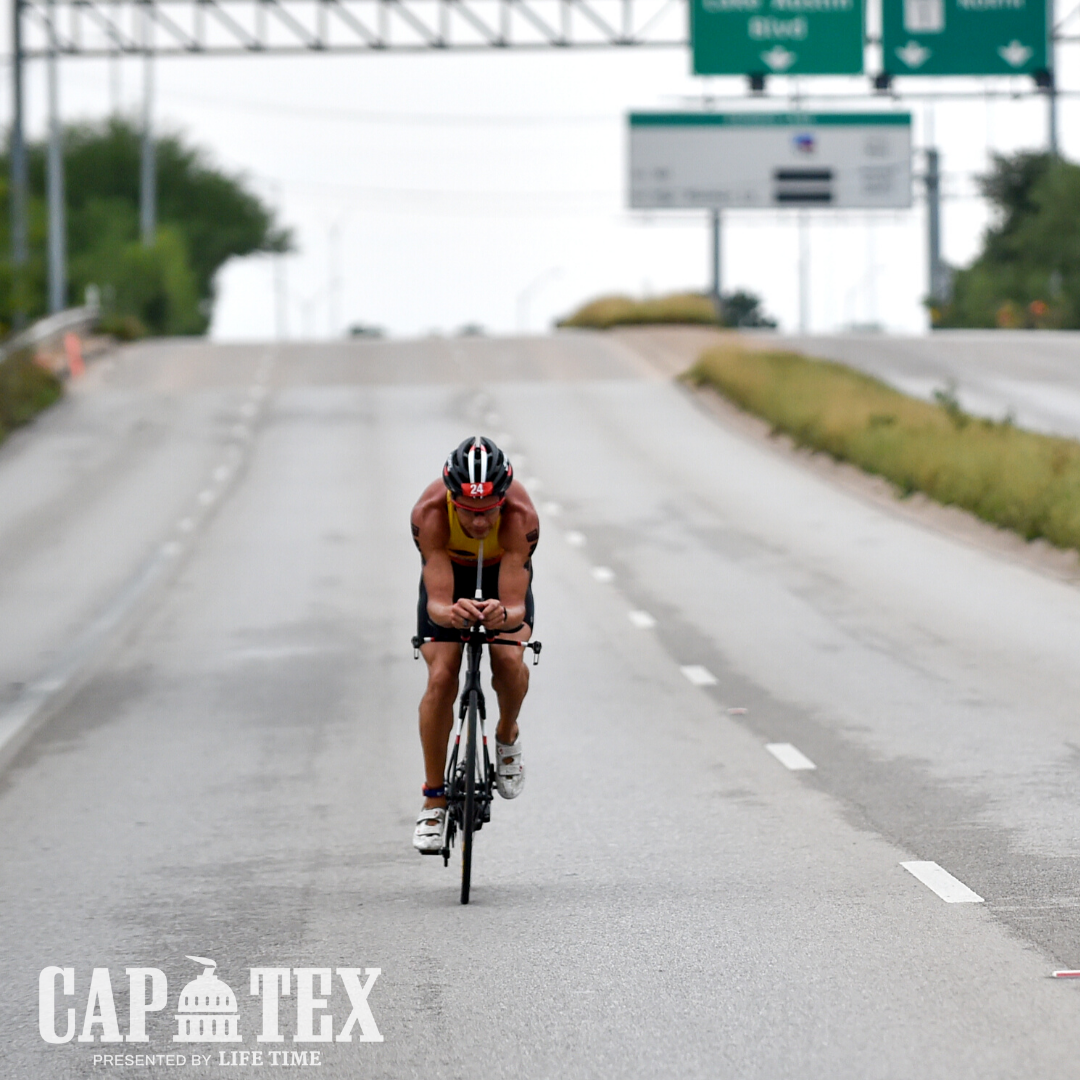 As you increase your bike mileage, you begin to get comfortable with being uncomfortable. Weekend rides begin to get longer and longer. As you hit new distances, it’s important to remain focused on form and technique. You want to remain as efficient as possible. Focusing on your form will allow you to generate power efficiently. This will also help with your body’s ability to consume oxygen.
As you increase your bike mileage, you begin to get comfortable with being uncomfortable. Weekend rides begin to get longer and longer. As you hit new distances, it’s important to remain focused on form and technique. You want to remain as efficient as possible. Focusing on your form will allow you to generate power efficiently. This will also help with your body’s ability to consume oxygen. Before your long ride, make sure you have a plan. You should ride as consistently as possible to build your stamina. Planning your route reduces the chance you have to stop and check where you are or ask for directions. For longer rides, planning your route allows you to refuel at a
Before your long ride, make sure you have a plan. You should ride as consistently as possible to build your stamina. Planning your route reduces the chance you have to stop and check where you are or ask for directions. For longer rides, planning your route allows you to refuel at a